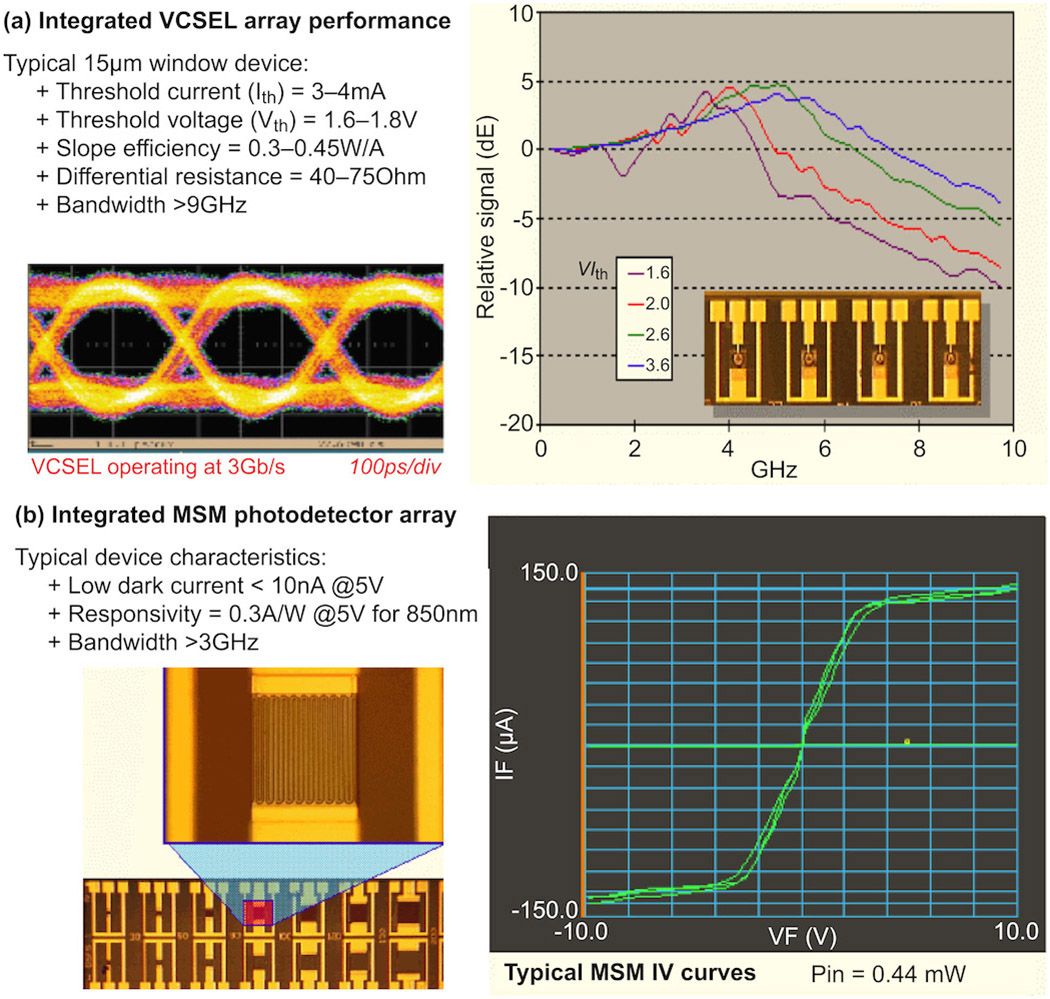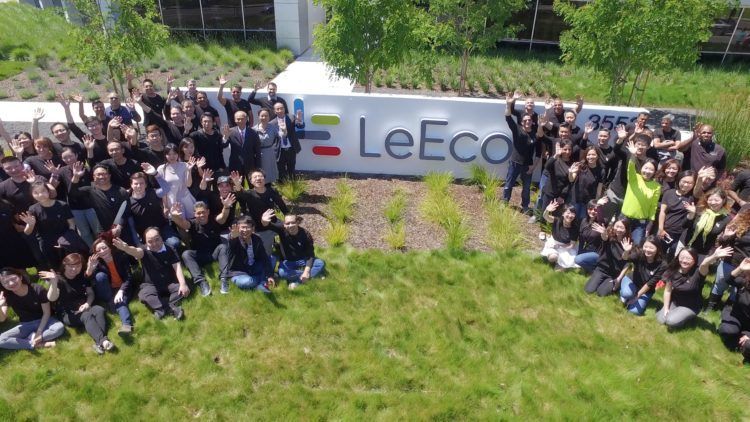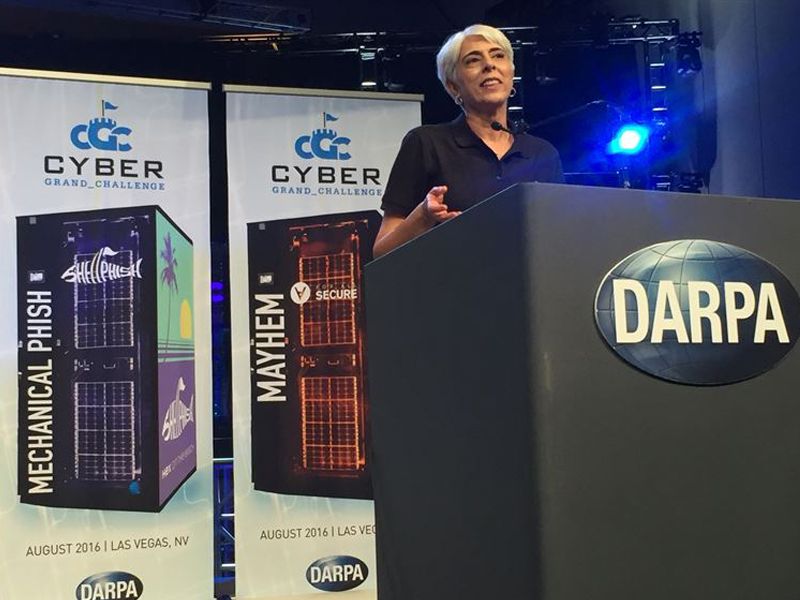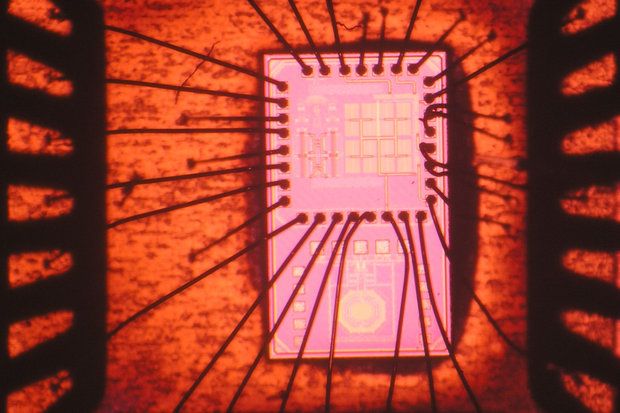New way for IoT and data centers in general to improve energy use, costs, etc.
Arrays based on vertical-cavity surface-emitting lasers offer a high-bandwidth, low-power, and low-cost solution for intra-data centers.
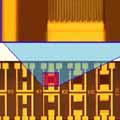
With the emergence of high-performance digital systems and the rapid growth of Internet traffic in the 1990s, the US Air Force Research Laboratory (AFRL) Micro Electronics Technology Directorate correctly predicted the growing need for optical interconnects and thus initiated several efforts to develop such technologies for the next generation of high-performance digital systems. This work was also prompted by significant advances in optical materials (i.e., III-V materials and polymers), devices (vertical-cavity surface-emitting lasers, VCSELs), and packaging technologies that were also made during this period.1 In collaboration with the Defense Advanced Research Projects Agency (DARPA) Electronic Technology Office, the AFRL thus initiated several major programs in this area.
